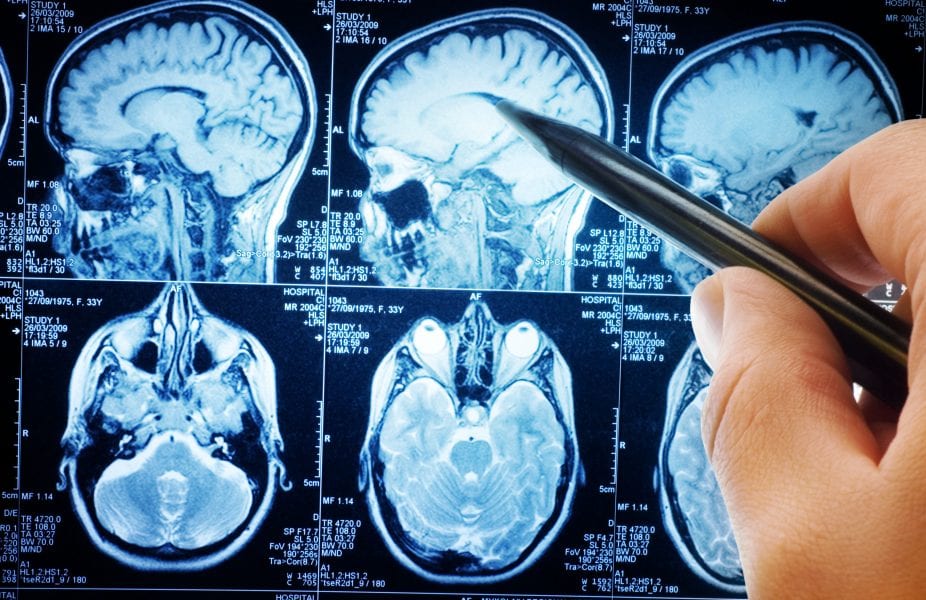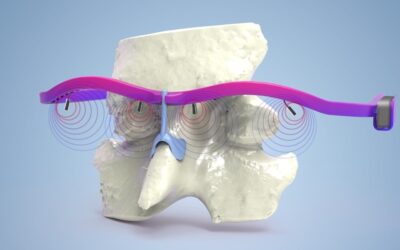Malignant brain tumors are heterogeneous and invasive, with high morbidity and mortality rates. Treatment options include surgical resection of the tumorous tissues, radiation therapy, chemotherapy, and immunotherapy, often with multiple modalities in conjunction, but recurrence rates remain high. The main challenge associated in treating such tumors is the presence of the blood-brain barrier (BBB), which actively filters out molecules entering from the blood stream. Consequently, researchers are working on bypassing the BBB to provide adequate amounts of therapeutic agents directly at the tumor site, while still minimalizing potential side effects.
In the review article “Nanotherapeutic Systems for Local Treatment of Brain Tumors,” recently published in WIREs Nanomedicine and Nanobiotechnology, Honggang Cui and co-authors from Johns Hopkins University outline the treatment options used in clinics today, discussing the effectiveness and limitations of each treatment strategy, and then provide a detailed overview of a variety of state-of-the-art nanoscale systems under research for local treatment that can bypass the BBB. The advantage of nano-based drug delivery systems is the wide range of optimizable physicochemical properties that can tackle the numerous issues in treating brain tumors. For example, gold nanoparticles could be used as radiosensitizers to enhance the effect of radiotherapy while magnetic nanoparticles could allow particle guidance through an external magnet. Nanofiber-based hydrogels and microchips are capable of storing large amounts of therapeutic entities which makes them excellent candidates for local drug depots.
Such systems have the capability of targeting a large tumor surface area, minimizing cellular drug resistance, differentiating cancer cells from healthy cells, and prolonging and controlling drug release rates. The authors believe that nanoparticles and hydrogels represent new platform technologies holding great promise for improved local administration of therapeutic agents into brains.
Text contributed by the authors. Image credit: Triff/Shutterstock














